Technical analyst Jack Chan has examined the charts and says that if we are in a new bull market, prices in both gold and gold equities should begin to pull back and consolidate soon.
As suggested in our previous analysis, we need to see a couple of things happening in order to welcome a potential new bull market:
#1. COT data to return to bull market values.
#2. Gold price to exceed the 2015 high at $1,302.
Nobody can predict when this will happen, but we can prepare by looking at the past bull and bear markets so that we can recognize a new bull market if and when it materializes.
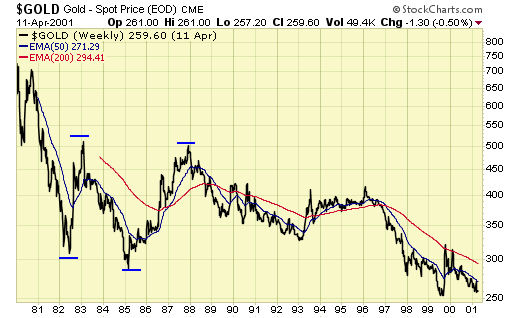
After topping above $700 in 1981, gold lost more than half of its value in just over a year, followed by two sharp bear market rallies, and then died a slow death over the next 12 years.
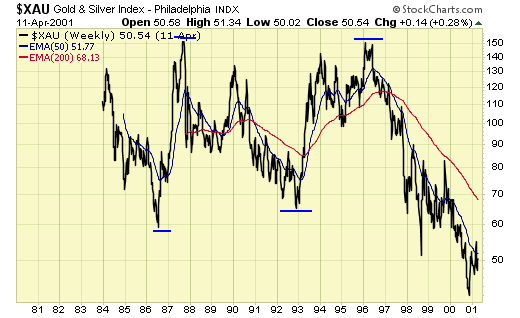
Gold stocks as represented by XAU had two bear market rallies during that 20-year bear market, with both rallies gaining over 100%.
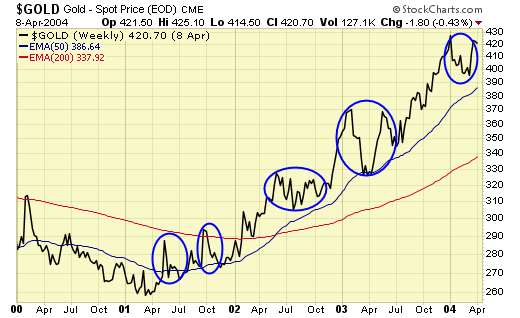
The bull market in gold, which began in 2001, did not start with a price spike. In fact, rallies were followed by sharp pullbacks and multi-month consolidations, which are signatures of a bull market.
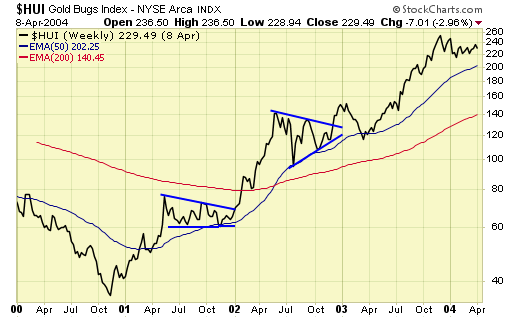
Gold stocks as represented by HUI did the same. In fact, the initial rally gained about 100% and was followed by a multi-month consolidation. And this same pattern went on continuously throughout the bull market.
Today's Gold Market
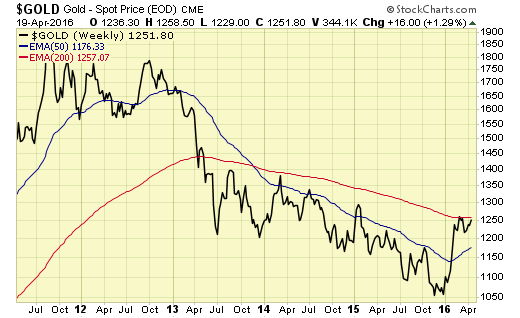
So far we have a 20% price spike in gold, with no correction/consolidation yet.
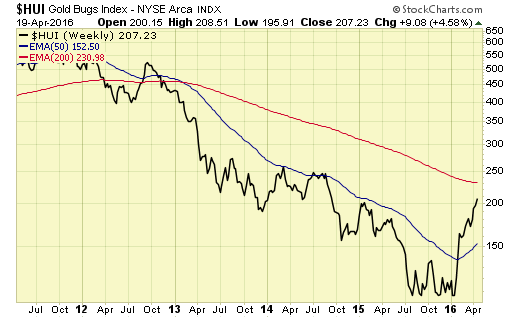
Gold stocks as represented by HUI have spiked up 100% with no pullback.
Summary
If we are in a new bull market, prices in both gold and gold stocks should begin to pull back and consolidate soon.
If we are still in a bear market, then prices can push somewhat higher, followed by a sharp decline, losing all of its gain or more.
I remain patient and wait for the market to tip its hand.
Jack Chan is the editor of Simply Profits at www.simplyprofits.org, established in 2006. Chan bought his first mining stock, Hoko Exploration, in 1979, and has been active in the markets for the past 37 years. Technical analysis has helped him filter out the noise and focus on the when, and leave the why to the fundamental analysts. His proprietary trading models have enabled him to identify the NASDAQ top in 2000, the new gold bull market in 2001, the stock market top in 2007, and the U.S. dollar bottom in 2011.